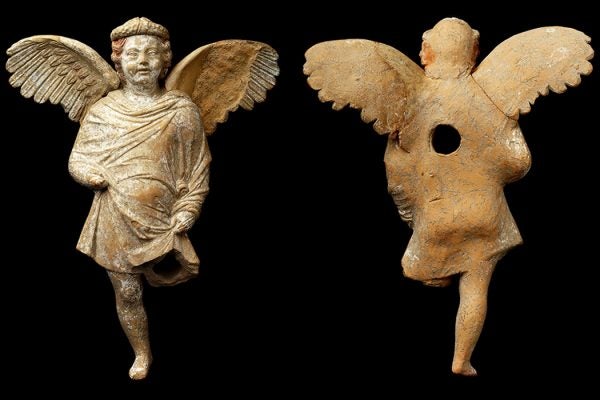Vulture Cultures
By turns worshipped and reviled, the bird frequently associated with death has appeared in art works for thousands of years. Here’s a short history.
How Astronomers Write History
Scientists’ approach to dating past eclipses changed when they stopped treating classical texts as authoritative records.
Why Some Spartan Women Had Two Husbands
In ancient Sparta, it was accepted practice for more women to marry and have children by more than one man.
De-Bunking the Barbarians
The idea of barbarian invasions comes from the nineteenth century, when they were constructed as the decisive event that wrenched the West into modernity.
The Archaeological Mystery of Tel Kedesh
Was a well-preserved set of game pieces and other childhood items buried by a young woman before she got married?
When Asbestos Was a Gift Fit for a King
File under: “don’t try this at home.”
Stingray Spines and the Maya
In Maya culture, rulers used stingray spines in bloodletting rituals. Researchers have ideas about why.
The Vast Influence of Ibn Sina, Pioneer of Medicine
In the 11th century CE, science was rapidly advancing in the Islamic world. The scholar Ibn Sina (Avicenna) synthesized its medical wisdom.
The Ancient Art of Brewing with Stale Bread
Brewers are once again making beer from things that typically end up in one’s household trash, a 7,000-year-old custom.
How “Pyrrhic Victory” Became a Go-To Metaphor
We call futile victories "pyrrhic," after an ancient Roman battle. But that battle may have been misinterpreted--or had a different conclusion altogether.









